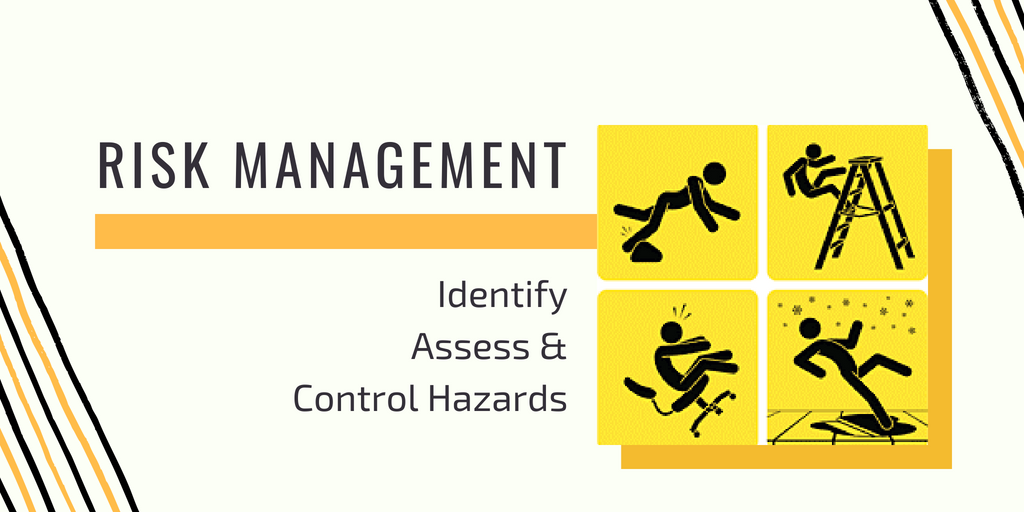Download PDF: ISPL Insight – Risk Management
Exposure to hazards and experiencing/taking risks is a common part of daily life both at home and in the workplace. All Australian businesses have an obligation to ensure the health and safety of all people in the workplace, including workers, visitors and customers, with a key component of this being through the effective use/implementation of risk management practices. By taking a systematic approach to risk management, a business can improve worker health and safety, as well as productivity.
Whilst this article has a health and safety focus, the same risk management process can be used to assess risks associated with a wide range of activities, including financial, commercial and environmental risks.
What is Risk Management?
Risk management is the overall process used to eliminate or minimise the health and safety risks to people in the workplace, and involves the following three steps, which are described in more detail below:
- Identify (the Hazards) – what situation or thing has the potential to cause harm.
- Assess (the Risk) – what is the possibility that harm (death, injury or illness) might occur when exposed to a hazard.
- Control (the Hazard) – taking action to eliminate or minimise the hazards as far as is reasonably practicable.
Identifying Hazards (Spot the Risk)
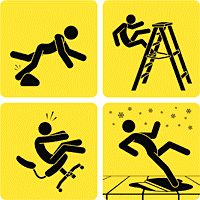 One of the most important aspects of risk management is the identification of potential hazards. A hazard is anything that has the potential to cause harm, such as chemicals, electricity, working at height etc. It can be a specific thing or a situation.
One of the most important aspects of risk management is the identification of potential hazards. A hazard is anything that has the potential to cause harm, such as chemicals, electricity, working at height etc. It can be a specific thing or a situation.
Hazards generally arise from the physical work environment, equipment, materials or substances used, work tasks and how they are performed, and work design and management (Safe Work Australia, 2017).
When you work in a place every day and similarly where the process is not known or common then, it is easy to overlook some hazards. Some tips to help identify hazards include:
- Checking manufacturer instructions for equipment.
- Checking safety data sheets (SDS) for chemicals.
- Consult with your co-workers or someone who has undertaken the task before and may have more knowledge of potential hazards.
- Review incidents and hazards reported previously.
- Consult relevant online resources.
- Consult industry groups and professional associations.
Assess the Risk
Once a hazard has been identified then the risk should be assessed by asking the following two questions:
- How likely is it that the hazard could harm me or someone else?
- How badly could I or someone else be harmed?
To determine the likelihood and consequence a risk assessment can be carried out, with varying degrees of detail depending on the type of hazards and the information, data and resources you have available. It can be as simple as a discussion with your workers or involving specific risk analysis tools and techniques (Safe Work Australia, 2017 ).
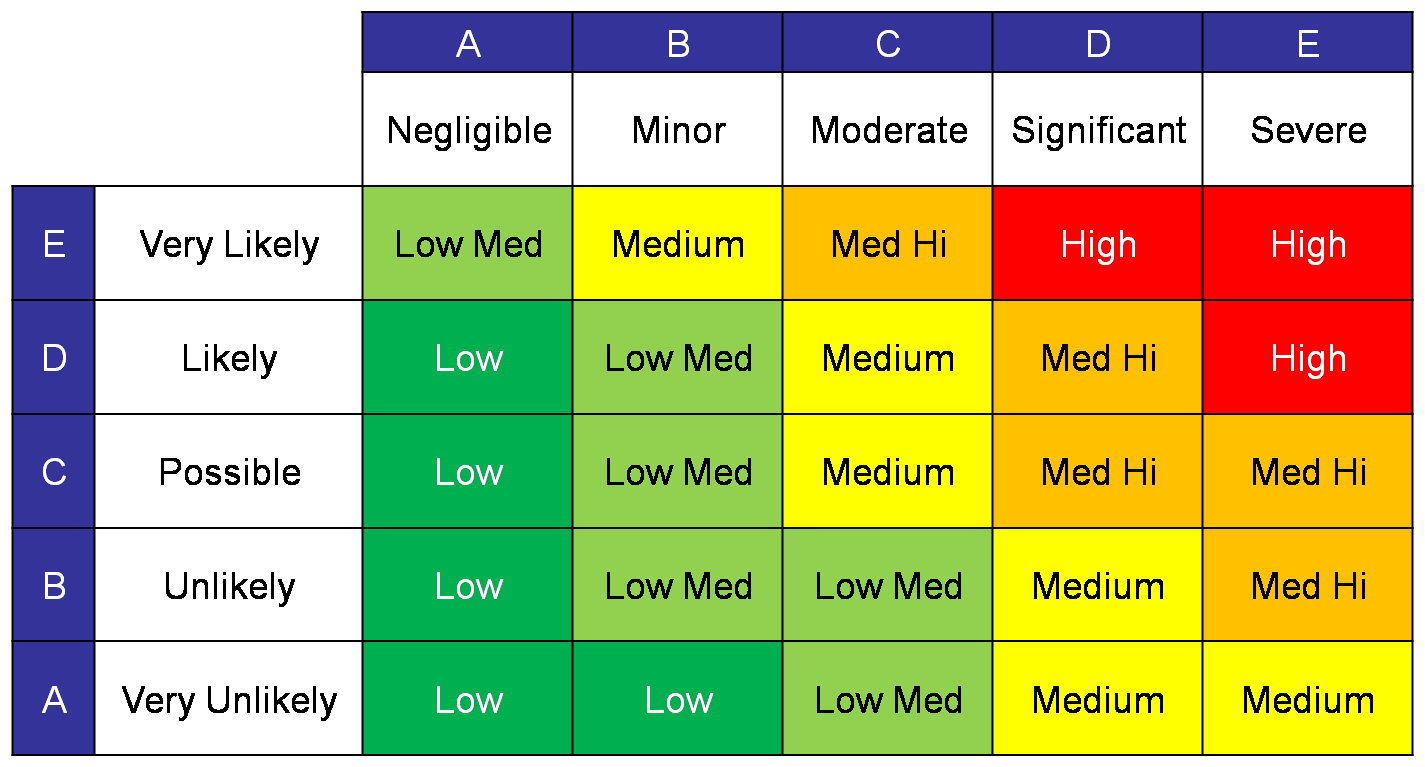
A risk matrix (as shown) can be used during the assessment process to assist with defining the level of risk by considering the category of probability/likelihood against the category of consequence severity. This is a simple mechanism to increase visibility of risk and assist management decision making. Standard risk matrices exist which can be utilised or individual projects and organisations can create their own or tailor an existing risk matrix to meet their needs.
Control the Risk (Make the Changes)
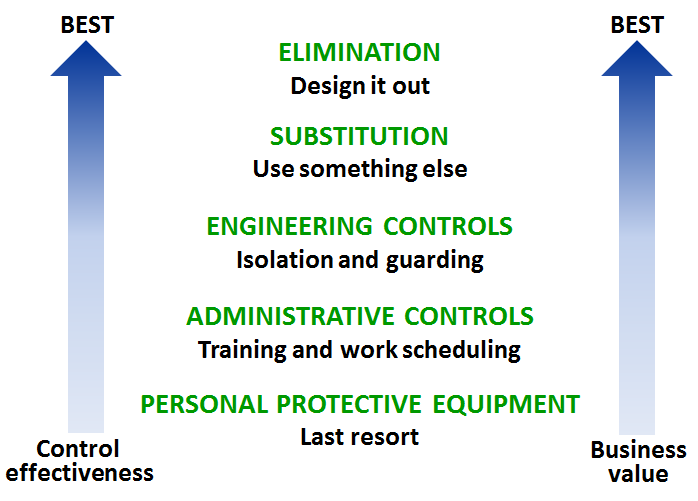 Once the hazards have been identified and their risks assessed, controls need to be put in place before people become ill, are injured or there is damage to plant, property or the environment.
Once the hazards have been identified and their risks assessed, controls need to be put in place before people become ill, are injured or there is damage to plant, property or the environment.
The best control measure is to eliminate the risk altogether. Where this is not possible the risk should be minimised as far as reasonably practicable, choosing the control/s that most effectively eliminates the hazard or minimises the risk.
The Hierarchy of Controls (see diagram) ranks control options from highest level of protection and reliability to lowest and should be used to determine the most effective control/s.
Risk Management Tools
Risk management tools provide a systematic method of undertaking the risk management process. There are numerous tools available to assist companies with undertaking the risk management processes.
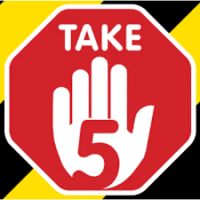 Formal risk assessment through workshop – These can range from formally documented and workshopped – risk registers/assessments.
Formal risk assessment through workshop – These can range from formally documented and workshopped – risk registers/assessments.- Job Hazard Analysis (JHA) – a risk management tool used for specific tasks, which identifies and assesses hazards associated with each step of the job in order to put in place appropriate controls to eliminate or minimise the risks.
- Take 5 – quick and simple tool used in the field allowing individuals to consider the hazards and risks associated with the task. This process can be mentally undertaken and not necessarily involve any paperwork.
Risk Management in Everyday Life
Risk management shouldn’t just apply to people in a working environment and should become part of their day to day activities at home to ensure the health and safety of themselves and their family. In Australia in 2013-2014 3,300 people ages 15 or older were hospitalised as a result of a DIY injury due to a fall or contact with tools or machinery (Australian Institute of Health and Welfare, 2017).
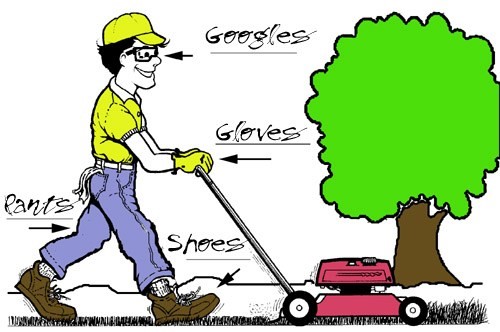 Undertaking an informal risk assessment by taking a minute to identify, assess and control the hazards could prevent you from becoming part of the statistics. For example, a short risk assessment prior to mowing the lawn may see you put on sturdy shoes and pants rather than shorts and thongs.
Undertaking an informal risk assessment by taking a minute to identify, assess and control the hazards could prevent you from becoming part of the statistics. For example, a short risk assessment prior to mowing the lawn may see you put on sturdy shoes and pants rather than shorts and thongs.
Additional resources for identifying hazards in the home can be found on the following websites:
- https://www.commerce.wa.gov.au/consumer-protection/home-safety
- kidsafewa.com.au
- https://www.energyaustralia.com.au/
If you or your organisation are interested in learning more or need assistance with risk management, please contact Integrate Sustainability on 08 9468 0338 or enquiries@integratesustainability.com.au.
References
Australian Institute of Health and Welfare. (2017, April 19). DIY Injuries. Retrieved June 19, 2018, from Australian Institute of Health and Welfare: https://www.aihw.gov.au/reports/injury/diy-injuries/contents/table-of-contents
Safe Work Australia. (2017, March 28). Identify, assess and control hazards. Retrieved July 16, 2018, from https://www.safeworkaustralia.gov.au/risk#controlling-the-risks

